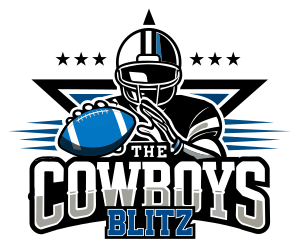JD_KaPow
jimnabby
- Messages
- 11,079
- Reaction score
- 10,840
http://bleacherreport.com/articles/...-injures-can-be-drastically-reduced-heres-how
Long article, but interesting.
Long article, but interesting.
Jordy Nelson's ACL tear didn't have to happen. Neither did Kelvin Benjamin's. Or Orlando Scandrick's: A non-contact injury, just like the others. Many of the other ACL tears, hamstring pulls and soft-tissue injuries that have plagued this preseason did not have to happen.
Sure, some injuries will always, inevitably occur. But the number of non-contact, soft-tissue injuries could easily be cut in half, or even further reduced.
"You can reduce risk [of non-contact ACL injuries in the NFL] somewhere between 50 and 70 percent," according to Dr. Timothy Hewett, director of biomechanics and sports medicine research at the Mayo Clinic, who has researched knee injuries for over 20 years.
This drastic reduction does not involve abolishing preseason games, eliminating joint practices or boxing players in packing peanuts until the opening-day kickoff. All it takes is an open-minded approach to proven medical research, a minor shakeup of the traditional NFL practice routine and maybe a few plastic milk crates.



